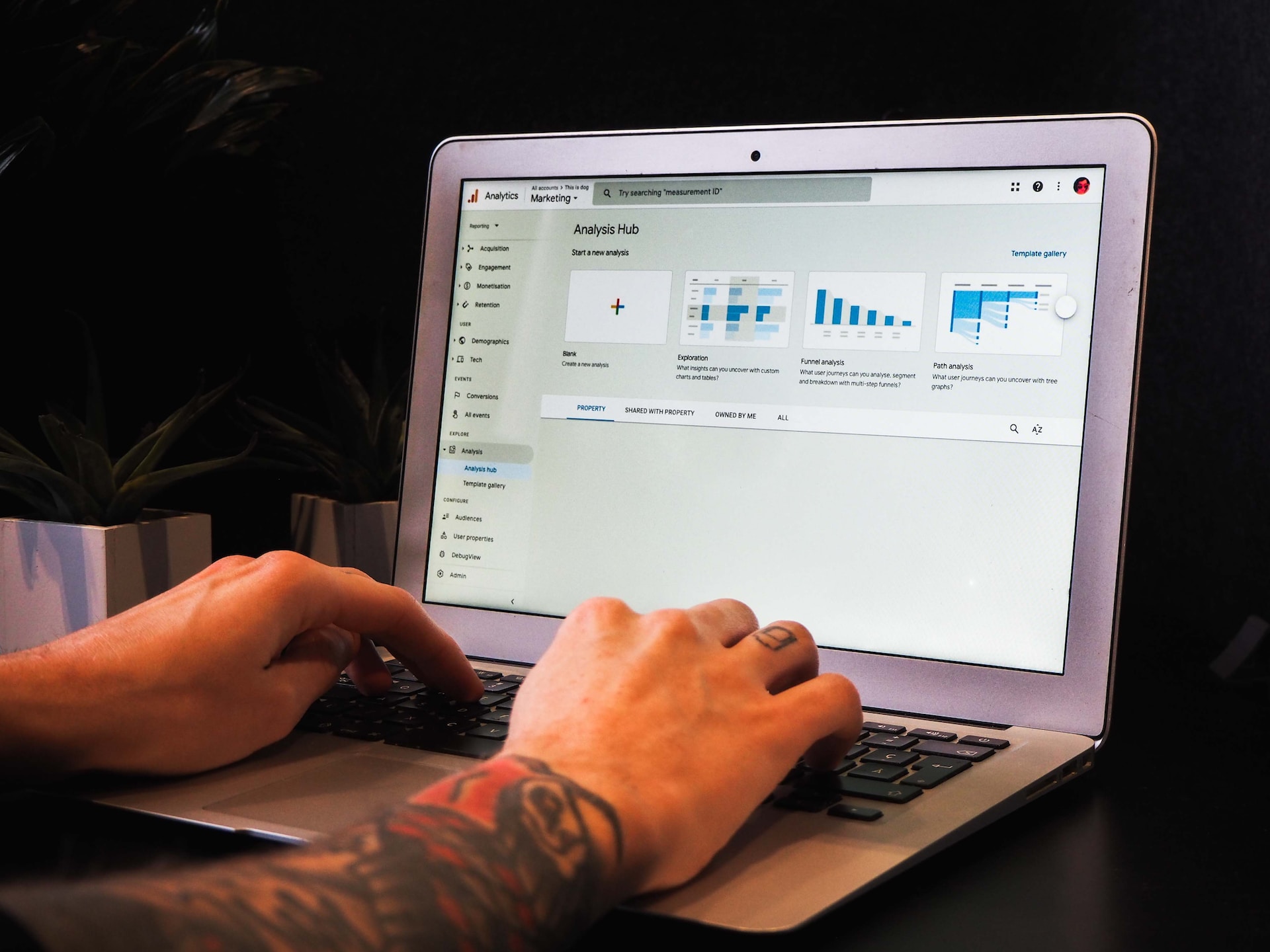This is the final blog post in our metrics series, and with pipeline, it’s definitely a “last but not least” situation. In a professional service firm, clients are your lifeblood – and part of building a mature practice includes ensuring that there’s a steady flow of prospects moving through the pipeline, ready to turn into clients in the weeks, months and years to come.
That’s why pipeline is such an important part of forecasting cash. If you want to know your long-term cash position, you need to know what you can expect in terms of client volume (crystal ball not required). Until you know client volume, you won’t know if you have enough staff to handle the workload – or if your future workload (and revenue) isn’t robust enough to sustain the staff you have.
So, we have a couple questions for you:
How is your pipeline? Do you have enough business in your pipeline to sustain both your current and future cash position? And, most importantly, do you know?
The first step to a healthy pipeline is learning how to measure it. That’s the only way you can adjust your strategy to respond to spikes and dips. Too big a pipeline and you’ll need more staff (or want to consider raising prices). Too small a pipeline and you may be at risk of eating into your cash reserves or even missing payroll.
We’ll never get tired of saying it: Understanding and improving your pipeline metric is crucial to the future success of your business.
Pipeline and Capacity Metrics – Barometers for Success
First, let’s walk through how you calculate your pipeline and capacity metrics. These numbers can be used as a barometer for your business. If both look great, then it’s likely the next three months are going to be really good. If both look bad, then the next three months might be rough. If one looks bad and the other looks good, then the next three months might go either way. In that case, you’re going to want to dig deeper into what’s going on and work to improve what you can. Also, remember that these metrics are only as good as the data you put into them.
The pipeline metric we need to calculate is “contract over capacity”—what you currently have locked in (under contract) divided by what your team can produce.
Let’s say your revenue capacity is $778,089 – that’s the amount of revenue your team could bring in if everyone is performing at full capacity – and your contracted revenue is currently $512,143. There’s a difference of about $265,000 in these two numbers. Knowing that, the next thing you want to look at is how much you need in the pipeline in order to hit that $265,000 and how you can reach that number as quickly as possible.
There are four steps you can take to maximize the success of your pipeline to accomplish that revenue goal:
-
Decrease the average sales cycle – How long does it take for a deal in the pipeline to close? Look for ways you can close deals faster. For example, if you’re responding to prospect emails within 48 hours, try shortening that timeline.
-
Reduce the contract length – A $1M project is worth a lot more to you if you’re going to earn that revenue over three months versus earning it over the period of a year. Accelerate the timeline of projects, if/when possible.
-
Qualify your leads – If a potential client comes to you and they’re too small, not in your target industry or they wouldn’t be a good fit for whatever reason, turn them down (disqualify them) as soon as possible. Don’t consider them part of your pipeline because they aren’t truly a good lead for you. Looking at only your qualified leads, you then want to determine your average close rate.
-
Increase Retention Rate – It’s cheaper to keep and grow an account than land a new one. Keeping clients coming back for more services or even retaining your current clients by beating their expectations reduces the number of new clients you need and your churn rate.
Calculate Your Ideal Pipeline Size
Next, you need to calculate your ideal pipeline size in order to know how what’s currently in your pipeline will impact your future. Let’s say your average sales cycle is 60 days, your average contract length is 90 days, and your close rate is 50%.
To calculate your ideal pipeline size, you want to take that $265,000 revenue goal we determined above and follow these formulas:
That means you’ll want $354,000 in your pipeline in order to make up that $265,000 gap. You can then compare that number to what you actually have in your pipeline. If you have $600,000 in your pipeline, you’re in good shape and on target to hit your goal. If, on the other hand, you have $100,000 in your pipeline, you’ve got a lot of work to do. If you’re in the range of $300,000 to $400,000, you’ll want to look at ways you can decrease your average sales cycle, reduce your contract length, or improve your close rate.
We hope this metrics series helps you determine the right KPIs for your professional services organization, whether you run a law firm, a creative agency, or a financial advisory firm. Using profit-focused accounting to break down revenue into financial and non-financial drivers will help you set SMART goals and use the Cash, Production, Financial, and Pipeline KPIs we discussed to measure your progress towards business goals.
To learn more about how we can find the right KPIs and improve these metrics for your business, sign up for a free virtual CFO consultation below.
.png?width=120&height=77&name=Summit-Virtual-CFO_color_rgb%20(1).png)














